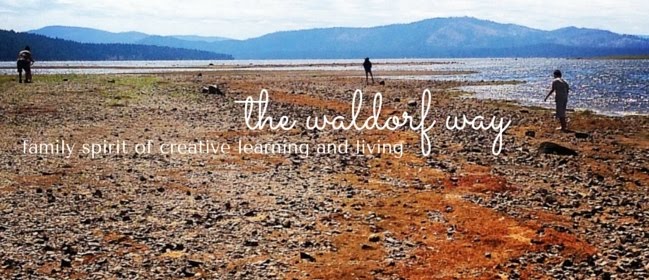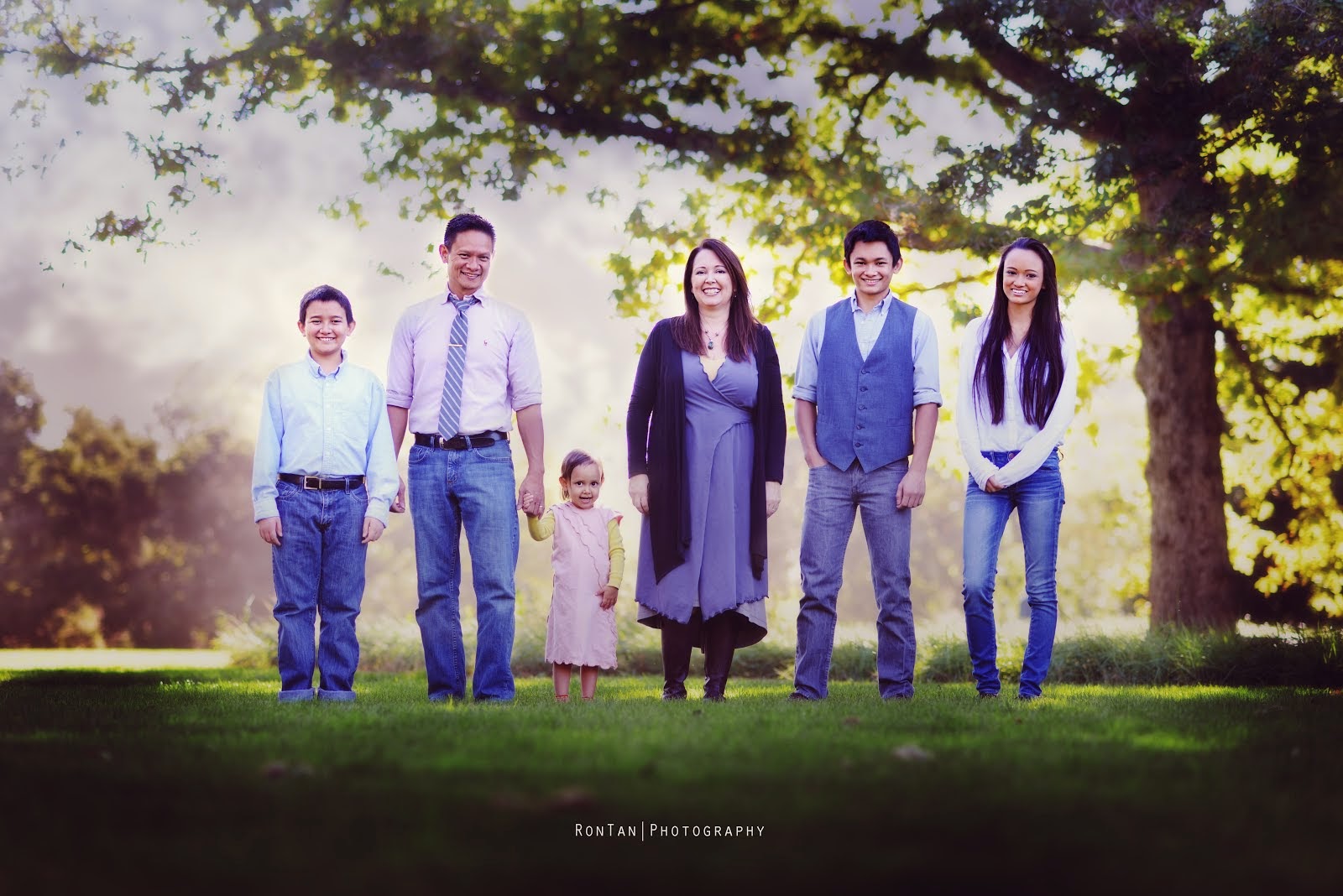G7 physiology and G8 anatomy
Teaching G7 physiology and G8 anatomy is a challenge in the Waldorf classroom! There really are not many resources on it. I have had to myself compile ideas from various sources such as my own textbooks and online journals. Then, I added my own layer of ideas and imaginations - after all, that is what Rudolf Steiner had expected we would do in our teaching!
Whether you are teaching in a classroom for your students or in a home school for your children, you might find this post with an outline for blocks useful as a starting point.
I have included in this post the five key elements of the physiology or anatomy blocks. I then list four concepts within each of the four systems for physiology and anatomy. In this way, you will have a guideline for a four-week block. Most likely, you will conceive of your block in your own special way to meet your beautiful students.
I have updated this blog post to include a link to an eBook I wrote that addresses the topic of reproduction. You might find it helpful in opening a conversation with your teen! The eBook contains illustrations and a week's worth of ideas for a lesson on the reproductive system. Click on the photo here.
Be Authentic, Enthusiastic, Interested, Open, and Understanding. Tie in the Artistic, Musical, Performance, Language Arts. Use your own brand of teaching and skill set to infuse the science blocks with vibrant life!
THE FIVE KEY ELEMENTS OF THE BLOCK
1. THEME. In the arc of your year, each block has some kind of underlying theme or message you want to convey. With anatomy, for instance, my theme combined the geometry of the cylinder and the social value of standing on solid ground. The umbrella themes for the upper grades are WELLNESS, SELF-IDENTITY, and HEALTHY RELATIONSHIPS.
2. PERSONAL RELEVANCE. Draw the children in with how learning about their bodies is important to each of them specifically.
3. HISTORICAL OR BIOGRAPHICAL CONNECTION. Acknowledge the work of historical figures who have contributed to the study and progress of the concepts, and those where anatomy or physiology play an important role in their lives.
4. INTRODUCTORY CONCEPTS. These are the actual science concepts you wish to introduce to the students.
5. PATHOLOGY, DISORDER, or SOCIAL CONCERN. Offer examples of the social impact of disease occurrence related to the body.
SEVENTH GRADE PHYSIOLOGY LIST OF MAIN LESSON CONCEPTS
G7 student main lesson page
WEEK ONE: Digestive System - Flow of EARTH
1. The Five Core Values of Food
2. Anatomy and Function of the Digestive Tract - including the idea that digestion happens before the first bite
3. Healthy Choices (Proteins, Carbohydrates, Fats)
4. Biography of an Olympic athlete, or someone you might know who is struggling with a nutrition disorder.
WEEK TWO: Circulatory System - Flow of WATER
1. Components of Blood (Red Blood Cells, White Blood Cells, and Platelets)
2. Blood Flow through the Vessels and the Heart
3. Blood Typing, Blood Transfusion
4. Biography of Hippocrates or Galenus
WEEK THREE: Respiratory System - Flow of AIR
1. Tree and Human Relationship
2. Oxygen, Carbon Dioxide, and the Alveoli
3. Healthy Lungs, Unhealthy Lungs (Smoking)
4. Biography
WEEK FOUR: Reproductive System - Flow of FIRE
1. Male and Female Parts
3. Female Fertility
4. Spermatogenesis
An extra note regarding the Reproductive System: In the week, it was beneficial for the boys and girls to have a break out discussion with the boys and a male teacher, and the girls with a female teacher to discuss more gender-specific concerns. Another option is to have students anonymously place questions in a box for the teacher to answer in a whole group situation.
EIGHTH GRADE ANATOMY LIST OF MAIN LESSON CONCEPTS
G8 student main lesson page
WEEK ONE: Skeletal System
1. Bone Shapes and Function of Protection and Action
2. Bone Growth
3. Bone Structure - Compact Bone with Osteons, and Spongy Bone with Marrow
4. Joints and Fulcrum Action
WEEK TWO: Muscular System
1. Three Types of Muscle (Skeletal, Smooth, and Cardiac)
2. Muscle Structure
3. Sliding Filament Model
4. Biography of Olympic Athlete
WEEK THREE: Nervous System
1. Central Nervous System - the Brain and Spinal Cord
2. The Neuron
3. Peripheral Nervous System - Somatic and Autonomic (Rest/Digest vs. Fight/Flight)
4. Biography: Ivan Pavlov
WEEK FOUR: Reproductive System
1. Review of Eight Petal Flower of Seventh Grade (This will soon be an eBook!)
2. Fetal Development
3. Maternal Health
4. Biography or Invite someone in your community who is a midwife or who is pregnant!
An extra note on Fetal Development: One of our more memorable activities was using a balloon during my presentation and I blew it up to match the size of the uterus as I talked about fetal development. When the uterus was at term, I had the students put their own balloons under their shirts to mimic being pregnant - it was fun and silly. But....serious too - one of the girls whose balloon she wore under her shirt was adjusting it when it slipped out. One of the boys in class, thinking he was funny, grabbed the balloon, and popped it. My female student was visibly upset to lose her baby. So a lesson there for all of us - these things we do for our students really do matter.
NOTE: For the G8 Anatomy participants: soon, I will post the illustrations as promised that tie in the different systems.
Dr. Rick Tan

































